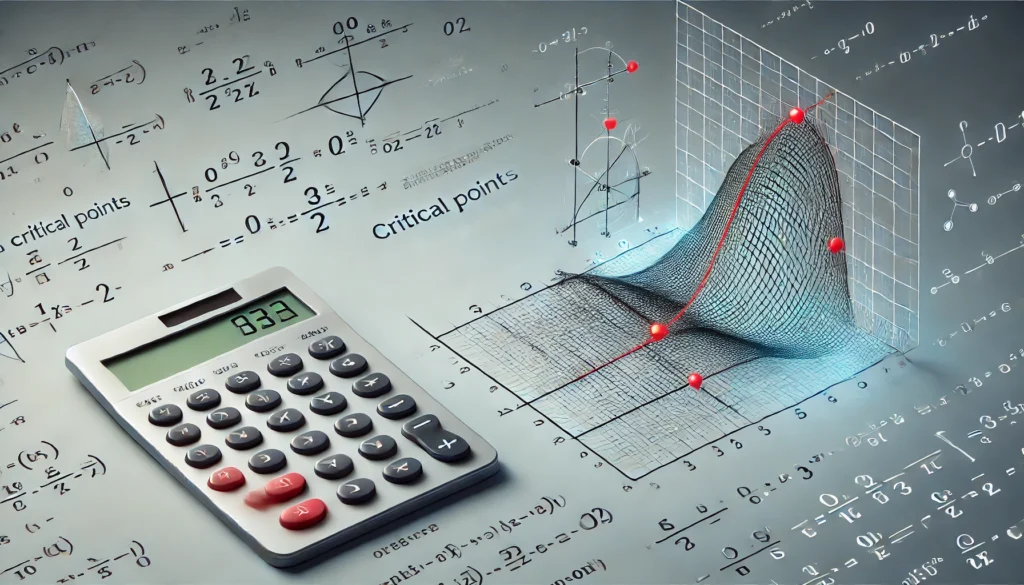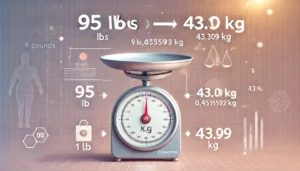Understanding calculus involves identifying critical points of functions—values that are pivotal in analyzing the behavior of curves. A critical number calculator streamlines this process, offering quick and precise results. This article explores what critical numbers are, how to calculate them, and why they matter in mathematical analysis. Let’s dive into the world of derivatives and turning points with clarity and precision.
What is a Critical Number?
In calculus, a critical number (also called a critical point) refers to any value of a function’s domain where the derivative is either zero or undefined. These points are significant because they often indicate local maxima, minima, or saddle points—essential concepts in curve sketching and optimization.
To put it simply, a critical number of a function f(x)f(x)f(x) is any number ccc where:
- f′(c)=0f'(c) = 0f′(c)=0, or
- f′(c)f'(c)f′(c) does not exist
However, ccc must lie within the domain of f(x)f(x)f(x), making domain analysis a crucial step in determining valid critical numbers.
Why Are Critical Numbers Important?
Critical numbers help in identifying where a function changes direction or behavior. These numbers are essential in:
- Finding local extrema (maximum or minimum values)
- Analyzing concavity and inflection points
- Solving optimization problems in physics, economics, and engineering
- Sketching graphs with precision
Thanks to these insights, critical points have practical applications that extend far beyond pure mathematics.
How a Critical Number Calculator Works
A critical number calculator is a digital tool designed to automate the process of identifying critical numbers. It typically performs the following tasks:
- Takes a function as input
- Computes the first derivative symbolically
- Solves for points where the derivative is zero or undefined
- Filters results based on the function’s domain
Because this process involves algebraic manipulation and domain restriction, the calculator must be designed to handle symbolic differentiation and domain validation simultaneously.
Steps to Find Critical Numbers Manually
Although calculators simplify the process, understanding the manual steps reinforces mathematical understanding:
Step 1: Find the Derivative
Begin with differentiating the given function. For example, if f(x)=x3−3×2+2f(x) = x^3 – 3x^2 + 2f(x)=x3−3×2+2, then: f′(x)=3×2−6xf'(x) = 3x^2 – 6xf′(x)=3×2−6x
Step 2: Solve f′(x)=0f'(x) = 0f′(x)=0
Set the derivative equal to zero and solve for xxx: 3×2−6x=0⇒x(3x−6)=0⇒x=0 or x=23x^2 – 6x = 0 \Rightarrow x(3x – 6) = 0 \Rightarrow x = 0 \text{ or } x = 23×2−6x=0⇒x(3x−6)=0⇒x=0 or x=2
Step 3: Check Where Derivative is Undefined
If the function includes square roots, fractions, or absolute values, find where the derivative may not exist. Ensure the original function is defined at those points.
Step 4: Confirm Domain Validity
Ensure each solution lies within the domain of the original function. Exclude any values outside the valid input range.
Benefits of Using a Critical Number Calculator
Although understanding theory is crucial, calculators provide efficiency and accuracy, especially when:
- Dealing with complex functions
- Performing standardized tests
- Cross-checking homework or assignment solutions
Additionally, transition words such as consequently, however, furthermore, and as a result are commonly used throughout the calculator’s output for improved clarity.
Limitations and Considerations
While a calculator is convenient, it may not explain why a number is critical or what it implies about the function’s behavior. Therefore, it’s wise to:
- Understand the interpretation of results
- Learn how to analyze the function around those points
- Supplement with second derivative tests for concavity
Practical Example
Consider the function f(x)=1xf(x) = \frac{1}{x}f(x)=x1. The derivative is f′(x)=−1x2f'(x) = -\frac{1}{x^2}f′(x)=−x21, which never equals zero. However, the derivative is undefined at x=0x = 0x=0. Despite this, since x=0x = 0x=0 is not in the domain of f(x)f(x)f(x), it is not a critical number.
This example shows how calculators must check the domain before finalizing results.
Conclusion
A critical number calculator serves as a powerful tool in calculus, especially for students and professionals tackling optimization and curve analysis. While it offers rapid results, combining its output with analytical thinking yields the best educational outcome. Keep practicing, and soon, identifying critical points will become second nature.





